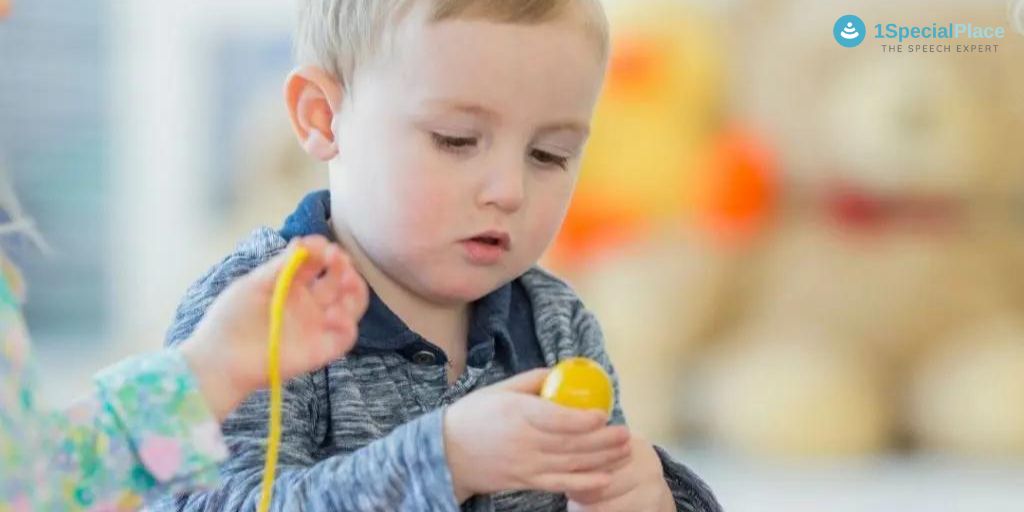
Sensory Play for Fine motor skills
Sensory Play for Fine motor skills
Sensory play is an interesting approach for developing many fine motor skills in a child. It helps a child to understand a sensation that is received by various textures. Also, it helps in experiencing fine motor skills as grip grasps, release, pressure, and textures. When we talk about sensory play, it’s a pattern of play where an array of things is made available for a child. Then, the child is encouraged to have a free hand.
Sensory play for toddlers helps a child to understand pressure needs while using hands. This is during holding something, clapping, squeezing. Also, the child understands releasing things from the hand as well as brushing off or dusting off hands.
With sensory play, a child is not only learning fine motor skills but also exposed to developing eye-hand coordination. Visual-motor coordination, visual coordination, eye-hand mouth coordination are others.
Know more about Sensory activities to promote speech and language development
Let us look at some fine motor skills we aim to improve with sensory play:
Hand awareness: Sensory play includes exploring and feeling various textures with hands. So there is immediate awareness about things being slimy (flax seed gel), grainy (semolina), oily (coloured oil), sticky like boiled rice, soft and stringy like boiled noodles.
Visual-Motor Coordination: Mixing and pouring things, dipping things like taking drops of coloured oil or beetroot paste on boiled noodles. We encourage the child to mix these with hands.
Proprioception: The child understands hand pressure needs when things like sago or pot pearls are pressed. Note that, by squishing bananas, the child receives immediate feedback about the amount of pressure needed or applied. This also happens while squeezing a wet sponge.
Grasp patterns: The child uses various hand patterns like three-jaw chuck, lateral grasp, palmar, grasp, pincer grasps while playing.
Mobility and Stability Pattern: Sensory play also includes elements of pouring a coloured liquid from one container to another or simply mixing different coloured fluids. Here, the child holds on to a plate or a bowl while pouring or mixing something with the other hand. So both the dominant and non-dominant hands are involved.
Some more skills are:
Bilateral hand use: A child claps to dust of flour from hands, or rolls dough on a surface with both hands. Rolling or squeezing things between palms also help with bilateral hand use. Note that, these activities also help to strengthen small muscles of the hands.
Eye-hand mouth coordination: The child picks some flour, brings it close to the mouth and blows on this to form flour clouds. Mouthing something edible is also one simple way.
Cutting: A child cuts the rolled clay or uses scissors to cut long pasta.
Tactile awareness: Through the pressure inputs, grip and grasps, we achieve increased tactile awareness for hands.
Read about sensory play ideas
These learnt skills help a child by:
Enabling a child to lift a pencil and start writing, to lift a crayon and to start colouring. Also, picking finger foods and bringing them to the mouth is a fine motor skill. Zipping or unzipping, buttoning, and unbuttoning, are examples of activities that require fine motor skills in everyday life. They also help a child with pulling out books from bags and organizing their items. These skills help with play and leisure in form of holding a book correctly to read, switching buttons to change the song, or simply fixing a few building blocks.
Read here about fine motor skills
More benefits of Sensory play are:
Sensory play with a caregiver/ parent/ sibling improves communication, joint attention, turn-taking and ideation
So, a child develops enhanced play, self-help, activities of daily living. These help with increased awareness of hands and independence in the above skills.
A child feels confident in handling everyday fine motor demands like lacing, eating, cutting, writing, colouring. Enabling activities to boost the self-esteem of the child.
*Pre-plan this play session. During the session, take the child’s lead. Adult supervision is of utmost importance. So spread a mat, gather items, and encourage the child to explore, enjoy and relax.
To know more about 1Specialplace, visit us
- Efficacy of Online Occupational Therapy in the management of Autism: A Case Study - July 21, 2023
- Occupational Therapy Skills at Home - July 15, 2023
- Occupational Therapy for Toddlers with Developmental Delays - June 13, 2023

Leave a Comment
(0 Comments)